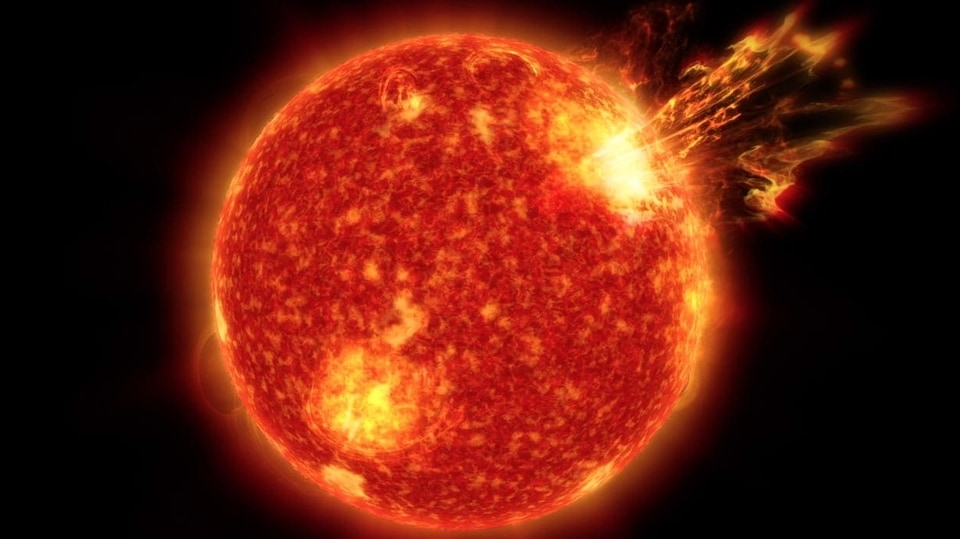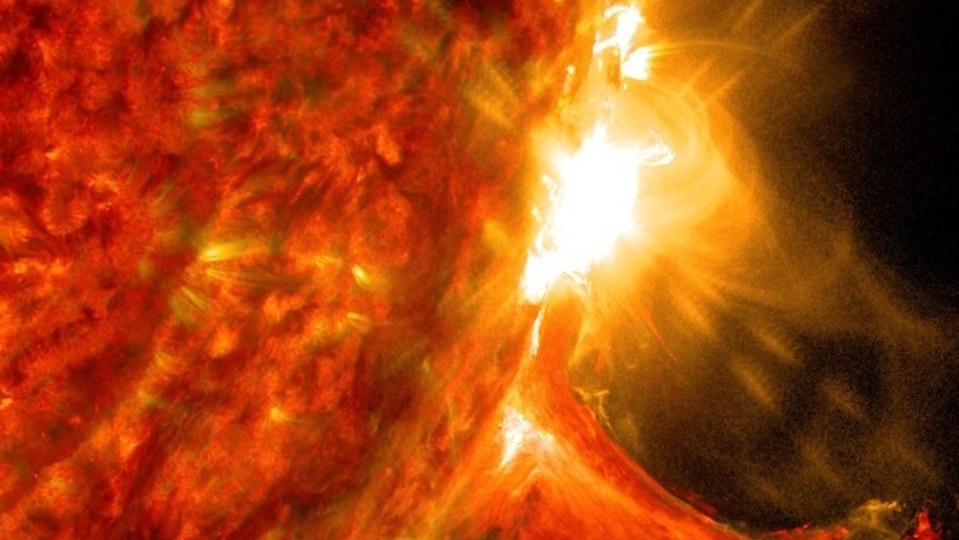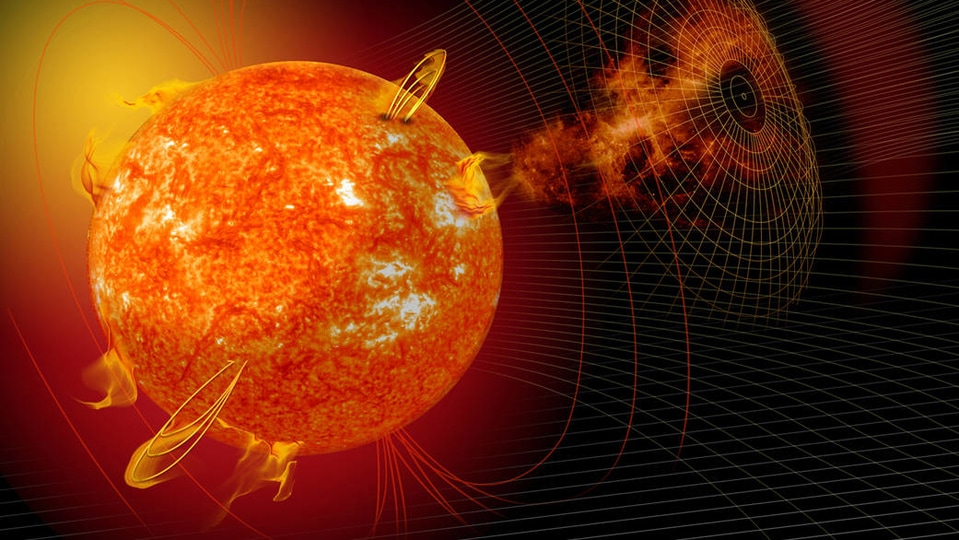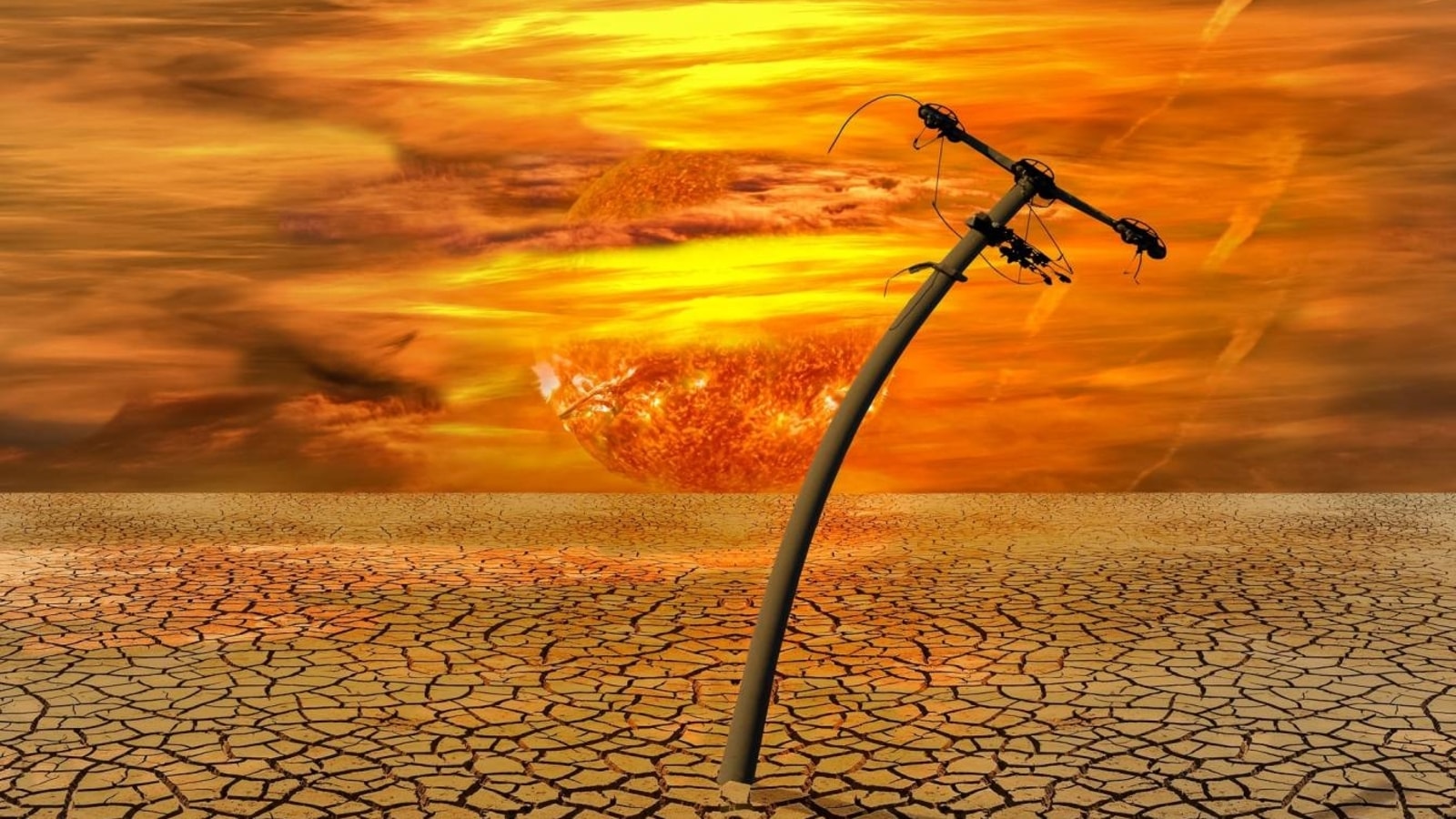Terrifying! Solar Maximum can arrive THIS YEAR; Solar storms on Earth to get more violent
A new study claims that the peak of the ongoing Solar Cycle 25 can arrive much earlier than previously estimated. This also means that solar storms can get much more intense in the coming days.




_1639373804152_1639373815879.jpg)

 View all Images
View all ImagesMany astronomers have been surprised by the sudden increase in solar activity since the beginning of this year. We have witnessed a large number of solar flare eruptions, including multiple X-class flares, we have even seen G4-class geomagnetic storms hit Earth and solar winds have been moving extraordinarily fast. This was unusual because the peak of the ongoing Solar Cycle 25 was calculated to be in mid-2025, and by that standard, many feared this Solar Maximum could be one of the most intense ones on record. However, a new study has now claimed that the peak could arrive as soon as this year itself. This would mean that solar storms are going to get a lot more intense.
As per a report by SpaceWeather.com, a group of solar physicists published their research in the January 2023 edition of Frontiers in Astronomy and Space Sciences. The study is based on the work of researchers around a relatively new concept in solar physics known as Termination Event. As per the study, the peak of Solar Cycle 25, which is also known as Solar Maximum, can arrive either by the end of 2023 or the middle of 2024.
Solar storms to get intense as Solar Maximum arrives early
As per SpaceWeather, “The "Termination Event" is a relatively new concept in solar physics. It is a period of time on the sun as short as one month when magnetic fields from one solar cycle abruptly die (they are "terminated") allowing magnetic fields from the next solar cycle to take over”.
The team of researchers studied many solar cycles to gain a better understanding of Termination Event and their finding was surprising. They found that by knowing the precise timing of one Termination Event, it is possible to find the time for the next one. “Our latest work pinpoints the Termination Event between Solar Cycle 24 and Solar Cycle 25 at mid-Dec. 2021. This tells us about the size and date of the next solar maximum,” said Scott McIntosh, the lead author of the paper.
But what does it mean for us? Essentially, it means that the ramp-up time for the solar activity shortens by quite a margin, which would mean 2023 could be the year when we see terrifyingly intense solar storms which are capable of damaging satellites, disrupting mobile phone networks, GPS, and theinternet services, causing power grid failures and even affecting ground-based electronics.
At the moment there are no solar storms expected for either today or tomorrow. But with multiple sunspots present on the Earth-facing side of the Sun, things can change quickly.
DSCOVR satellite's role in solar weather monitoring
NOAA monitors solar storms and Sun's behavior using its DSCOVR satellite which became operational in 2016. The recovered data is then run through the Space Weather Prediction Center and the final analysis is prepared. The different measurements are done on temperature, speed, density, degree of orientation, and frequency of the solar particles.
Catch all the Latest Tech News, Mobile News, Laptop News, Gaming news, Wearables News , How To News, also keep up with us on Whatsapp channel,Twitter, Facebook, Google News, and Instagram. For our latest videos, subscribe to our YouTube channel.





























